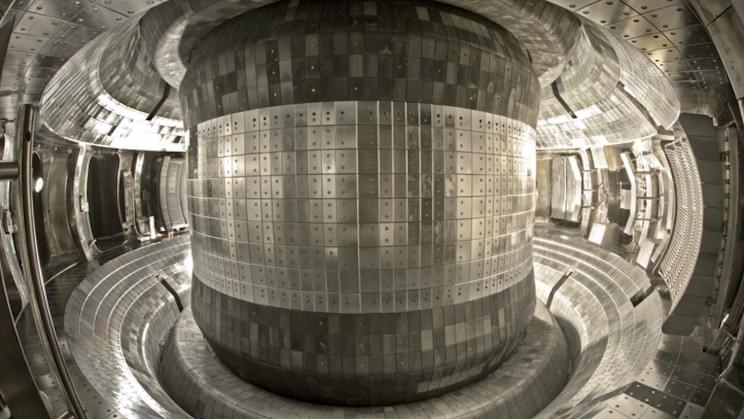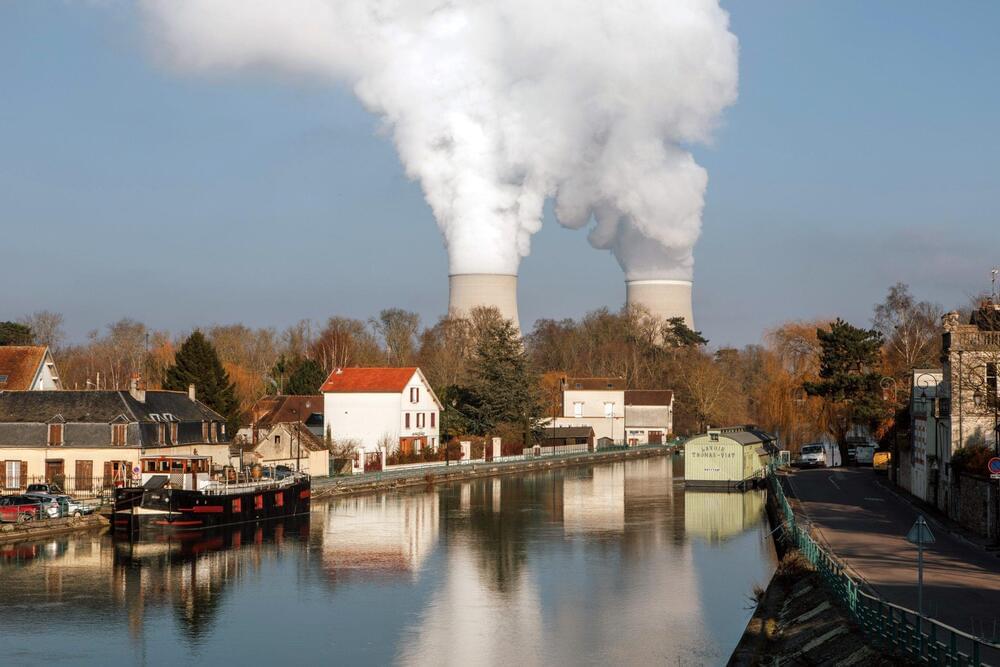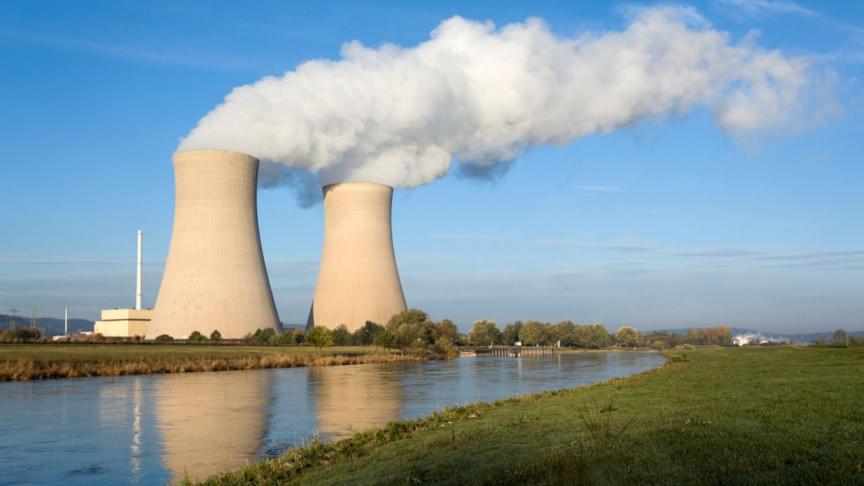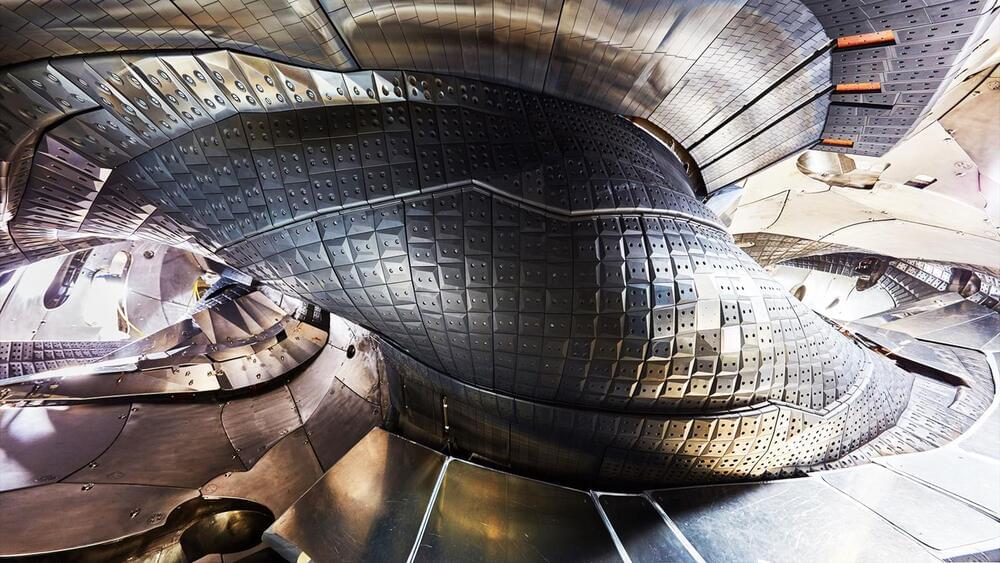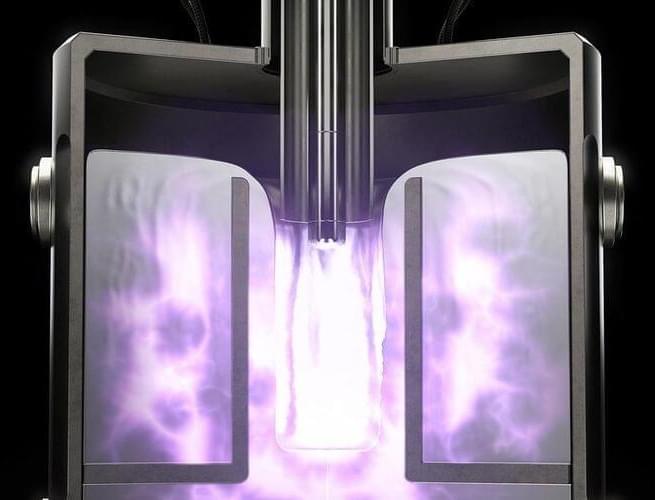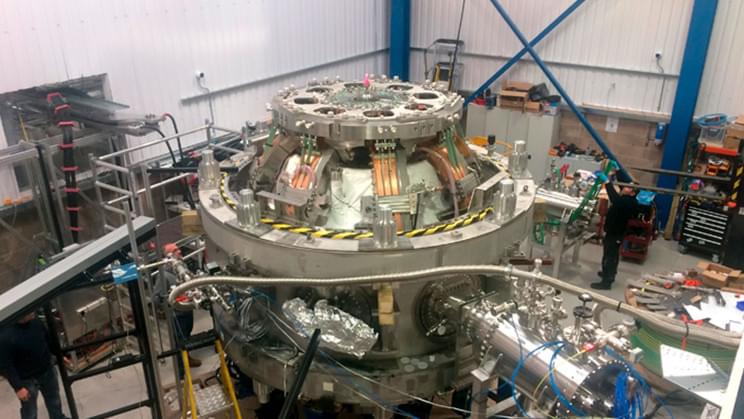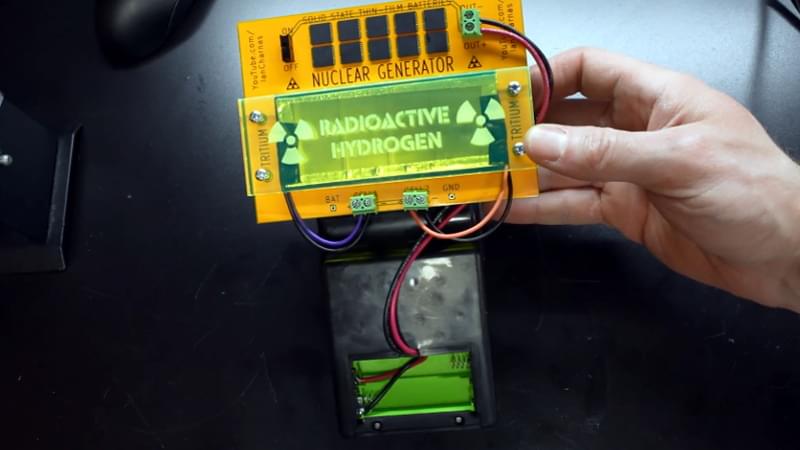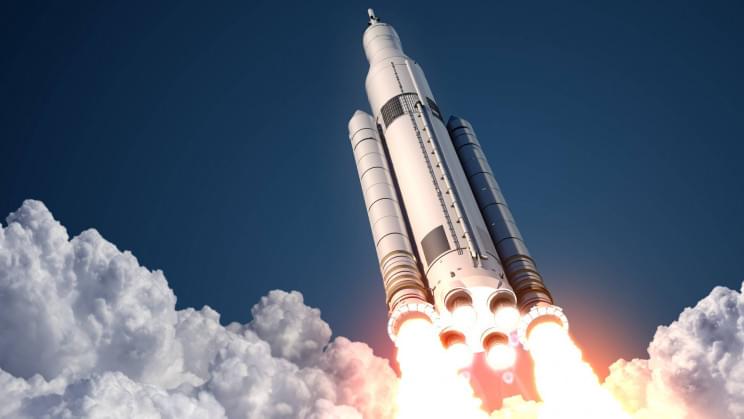Jan 4, 2022
China’s ‘Artificial Sun’ Has Just Hit a New Nuclear Fusion Milestone
Posted by Gemechu Taye in category: nuclear energy
China’s “artificial sun”, a nuclear fusion tokamak reactor that could provide almost limitless amounts of emission-free energy, set a new record on Thursday by running for 1,056 seconds at high plasma temperature, according to a report from Xinhua.
The particular tokamak reactor is called EAST, which stands for Experimental Advanced Superconducting Tokamak. It is located in Hefei, China, and it also broke a record in May when i… See more.
